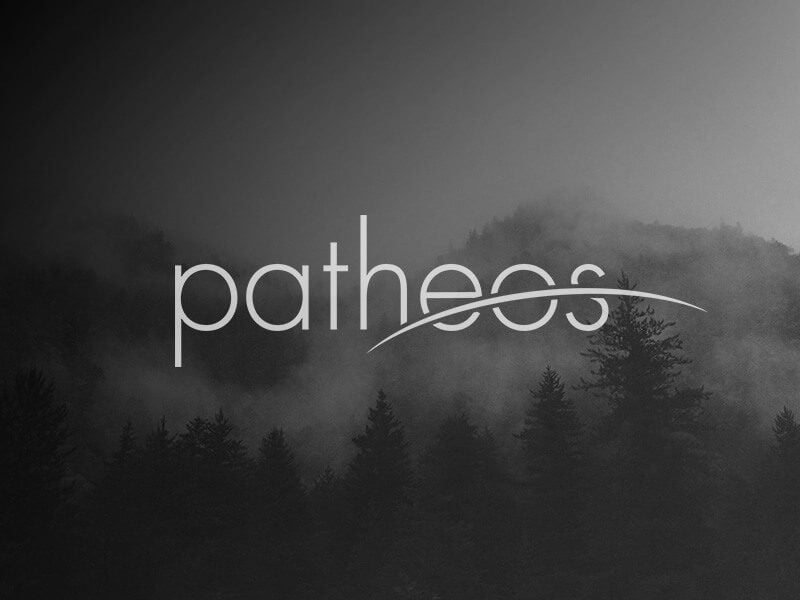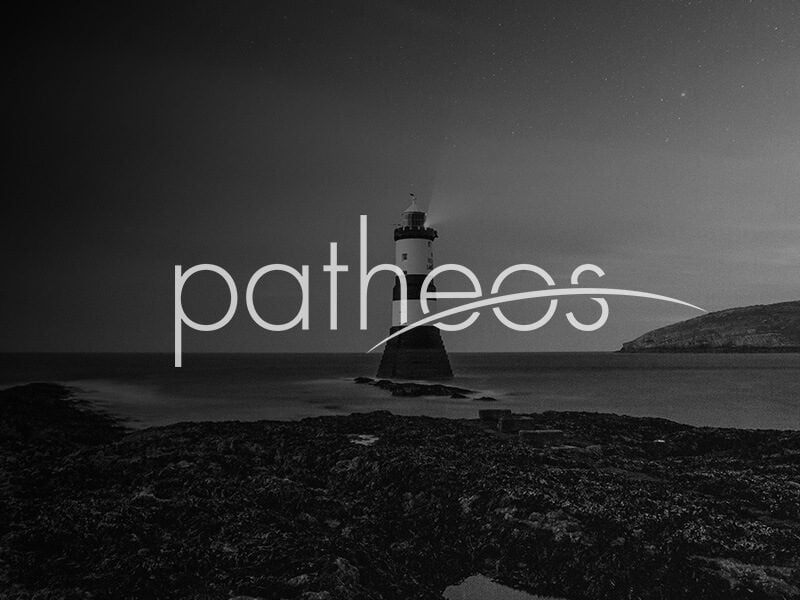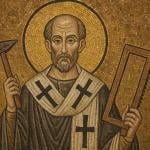The US faces policy challenges of gargantuan proportions. Immigration, social security, drugs, race, crime and prison reform, health care, Islamicism and other international challenges. I’d put same-sex marriage, the ethical issues surrounding biotechnology, and abortion high on that list, and some would add environmental issues to the short list. For ordinary Americans, that list poses two challenges. First, each is a hugely complex, apparently insoluble problem. A health care reform bill has been passed, but many doubt whether it will improve... Read more



















